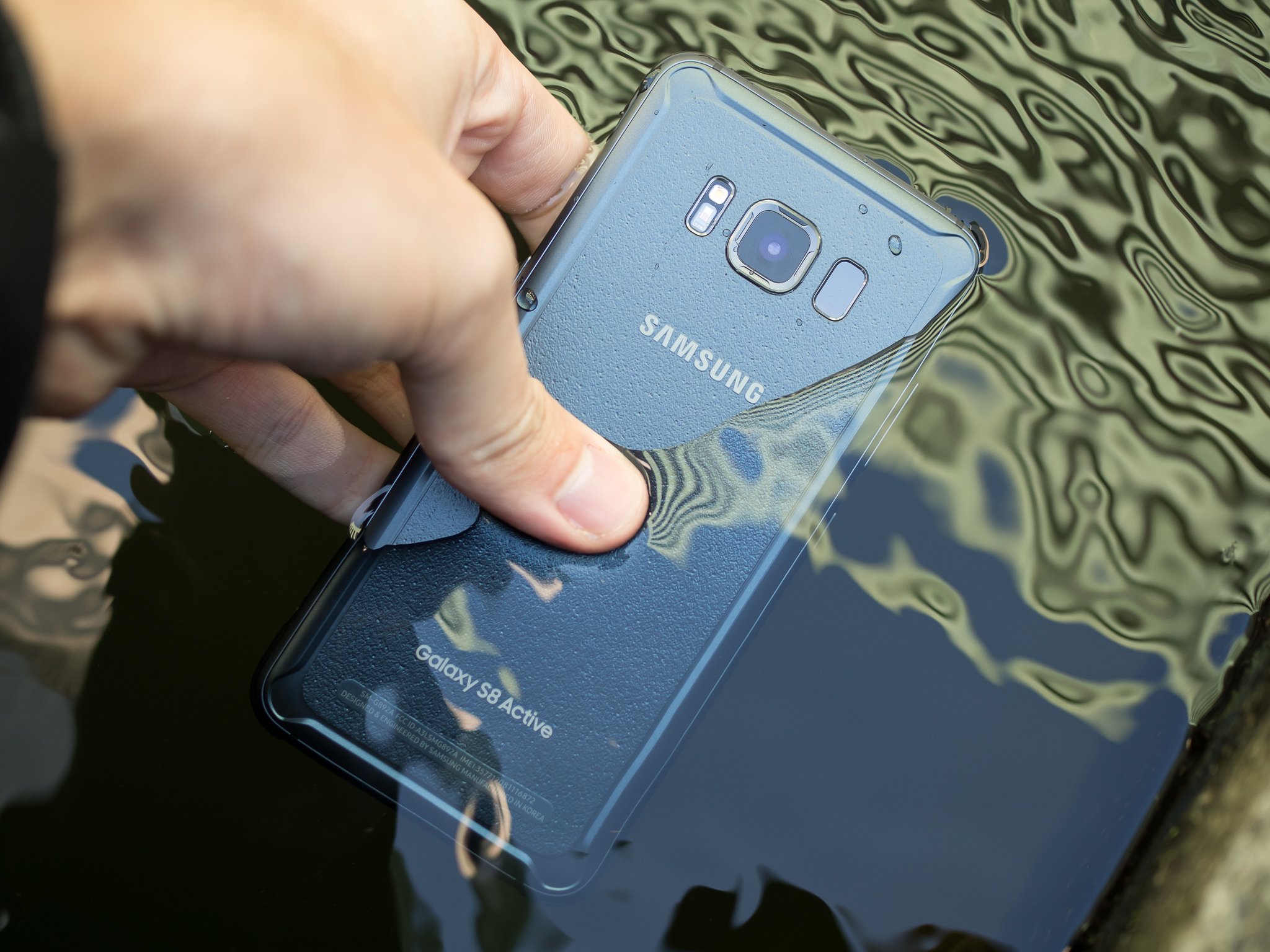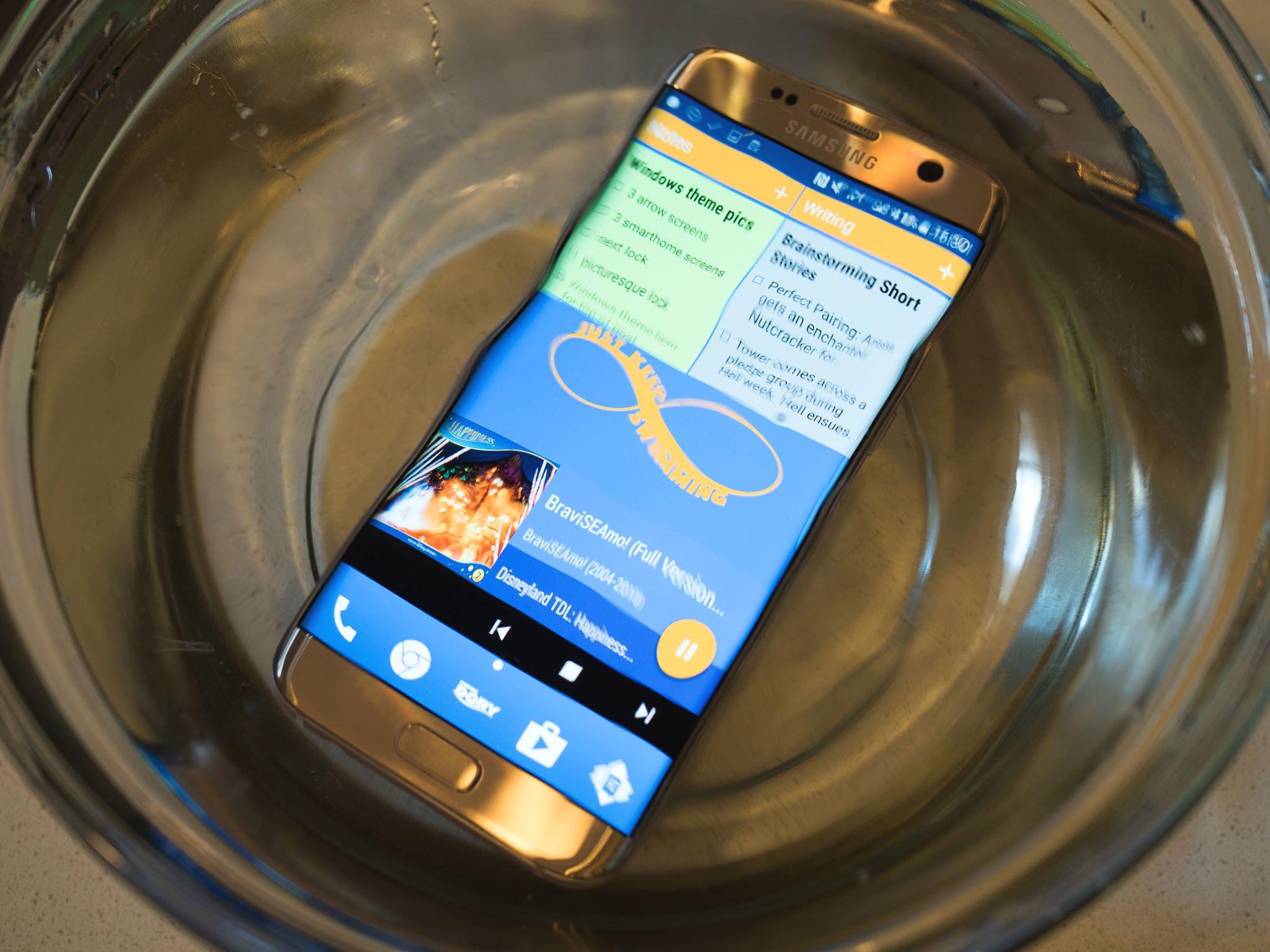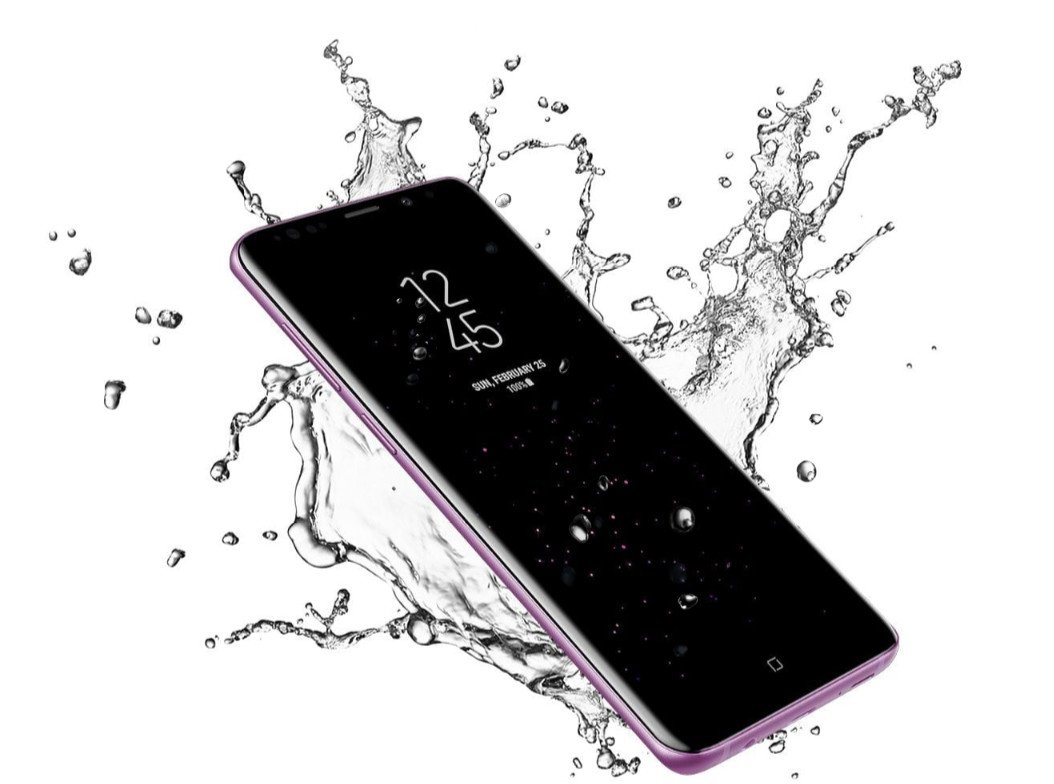Not unless you like living on the edge, anyway.
Every so often, we have to be reminded of a harsh reality — phones just shouldn't be used in water, even if they're built to. The advent of water-resistant smartphones has paved the way for swimming with your phone and potentially dropping it in the pool without having to be immediately stressed out about an insurance claim. Yay!
Or not. Although companies are increasingly making smartphones with IP68 water resistance, they're not exactly advertising a day in the pool with them anymore. There's a reason for that: they really don't want you to ruin your phone.
Yes, the phones are water resistant, but there are many ways you can still suffer water damage. The most commonly listed disclaimer is that sitting submerged in a certain amount of water for a certain amount of time (usually varies by phone and manufacturer) is enough for the phone to potentially take on water damage.
But here are all the things they don't tell you:
- Those figures are estimates. A phone could survive longer, and it can also take damage in a matter of minutes.
- The claims these companies make are more often than not based on tests which are done with fresh water.
- You'd be surprised just how much water you encounter on a daily basis is actually pure. The water in your swimming pool has chemicals. Your juice or soda has lots of bad stuff for electronics. And even water from your sink may have trace amounts of harmful bits. And don't even think about using your phone in a sea of salt water, a deadly combo that'll eat right through the strongest adhesives and sealants.
- Even with pure water, there's no guarantee that the seals used inside the phone won't wear over time.
- Even steam could be enough to damage a phone (though that's probably only in the most extreme cases).
Just take a look at Sony's page on the matter to see what we're talking about. Despite extolling the virtues of water resistance and explaining exactly what their devices are rated for, they still have a long list of guidelines and a recommendation that you should generally be looking to avoid wet conditions whenever possible.
I come to all of you with this on a random Friday afternoon because I'm a victim of my own brand of carelessness. My Samsung Galaxy S9+ is usually good to sit inside of a 20-minute shower, with it resting up on a shelf that doesn't come into direct contact with the shower stream. It sits in a case that protects the charging port and headphone jack, but nothing more.
And for months it's been problem-free… until the one time it wasn't. I suddenly began experiencing problems with my speaker that I'd never had before. It wasn't the usual waterlogged speaker sputtering until the water dried up or worked its way out. It was dying, and there was no amount of drying or waiting that could bring it back. I took the thing back to AT&T to be slapped with a big old deductible for water damage.
Granted, the phone wasn't totally useless. I could still use apps, make calls, and all that good stuff, and I was probably really unlucky as I'd never come across any issues using my previous IP68-rated phone in this manner. But when you're buying a product that has IP68 water resistance, know that resistance is not equivalent to invulnerability. Do yourself a favor and treat the phone like the fragile little $1,000 baby it is.
from Android Central - Android Forums, News, Reviews, Help and Android Wallpapers https://ift.tt/2LK3vGP



No comments:
Post a Comment